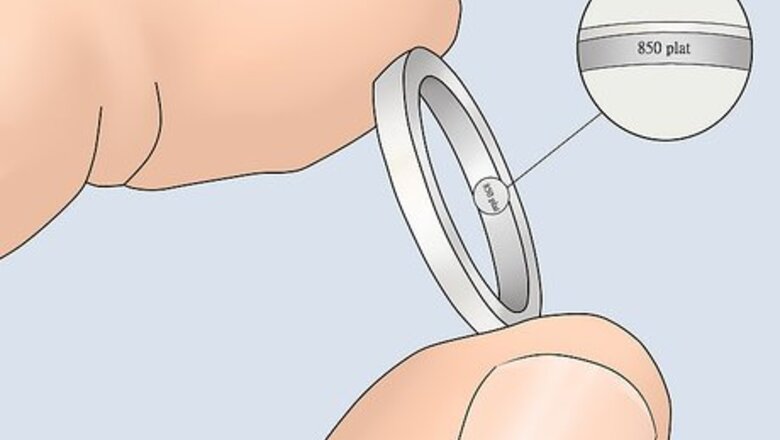
views
Inspecting the Metal Visually
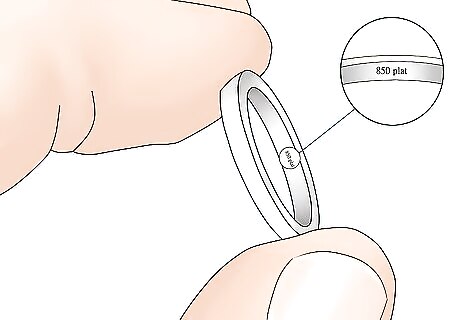
Look for an inscription that says "platinum" on the item. Pure platinum jewelry and jewelry that is at least 50% platinum should be marked with a stamp, also known as a hallmark. If your piece is marked with the word "platinum," it is at least 95% pure. More commonly, you will see a number like 850 or 85 followed by "pt" or "plat." This indicates that 85/100 parts are platinum, meaning the piece is 85% pure. Your platinum jewelry may not be stamped if it is from a country that does not require these markings or if it is very old. Any metal that is less than 50% platinum will not be marked.
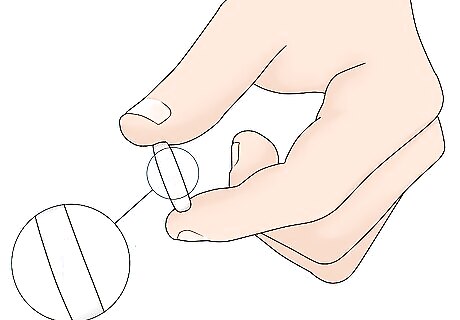
Inspect for a bright, white appearance, few scratches, and no tarnish. Compared to silver, white gold, and palladium, platinum has a brighter and whiter color. Compare to another piece of metal to see the difference. It is also more scratch-resistant, although it can still be scratched. However, you should still see very few scratches. Finally, if the piece is tarnished, it is silver, not platinum. The color and visual qualities of the metal can tell you if the metal is likely to be platinum, but conduct other tests to be sure.
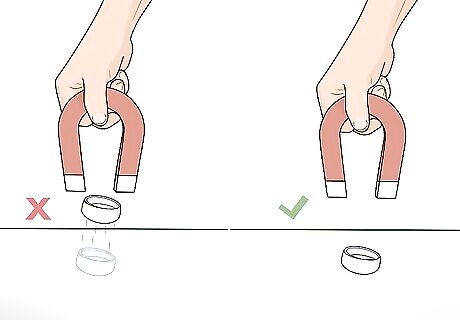
Use a magnet to determine that metal is not platinum. Platinum is not magnetic. Therefore, if the piece you are testing is attracted to a magnet, you will know it is not platinum. If you notice a slight magnetic pull, it is more likely that the metal is white gold mixed with nickel.
Using a Scratch Test
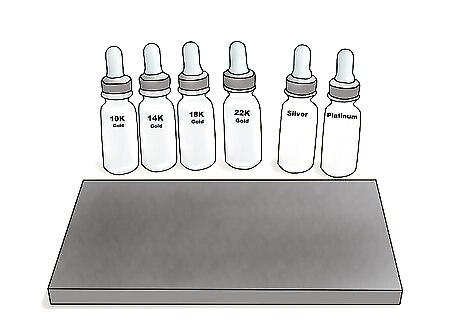
Buy an acid scratch test kit to verify platinum jewelry. If you can't find any marks on your jewelry, or you aren't sure what they mean, buy an acid scratch test online or at a jewelry store. Acid scratch test kits come with a scratch stone and bottles of different kinds of acid. Many scratch kits come with tests for several different kinds of metals. This could be useful if you discover your piece is not platinum and you want to find out what kind of metal it is.
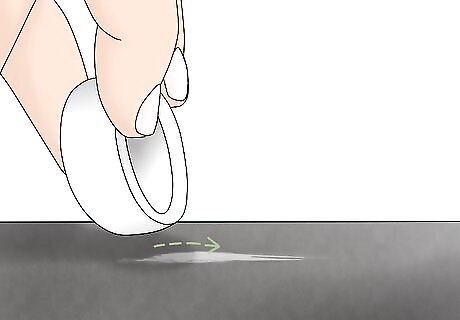
Scratch the piece a few times on the stone. Platinum is difficult to scratch, so you may have to run it over the stone a few times while applying some pressure. Leave a visible mark around 1 to 1 ⁄2 inches (2.5 to 3.8 cm) long on the stone. The stone will leave a scratch mark on your jewelry, so choose a small, inconspicuous part to test.
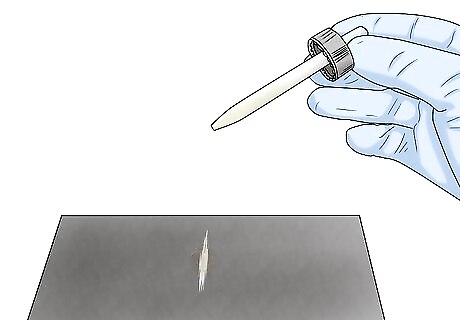
Wear latex or vinyl gloves and drop the platinum testing acid on the stone. Always protect your skin while handling acid by wearing gloves. Use the dropper in the bottle of acid to place one or two drops onto the scratch mark you put on the stone. Put the cap back on the acid immediately after using it, make sure the cap is tight, and put it back in the kit to prevent spills or accidents.
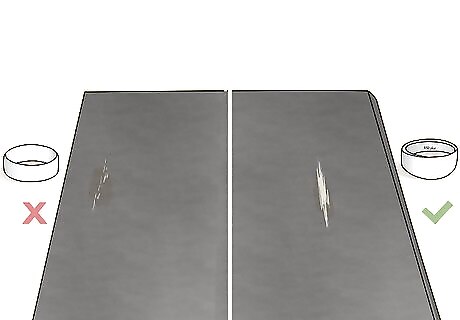
Watch for the acid to react with the metal on the stone. If the metal dissolves immediately in the acid, it is not platinum. Platinum will retain the same color and brightness underneath platinum testing acid. Make sure the acid is at room temperature (around 72 °F (22 °C) or lower). If you warm the acid, it will dissolve platinum.
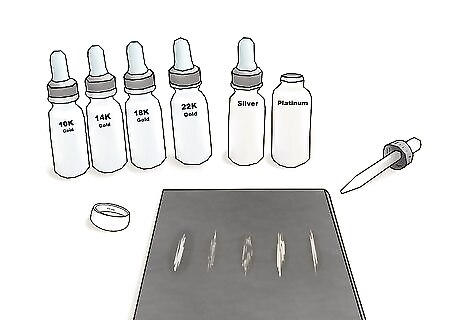
Continue testing with other acids if the piece is not platinum to find out what it is. Make new scratches on the stone for each different kind of acid. Test one acid on the stone at a time. If the scratches all dissolve, the piece is not platinum, silver, or white gold.



















Comments
0 comment